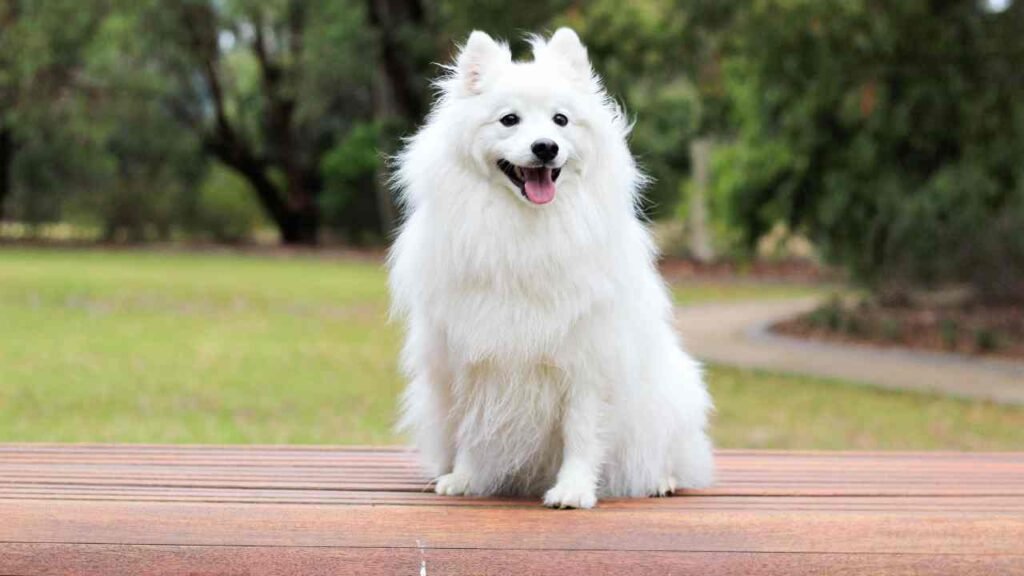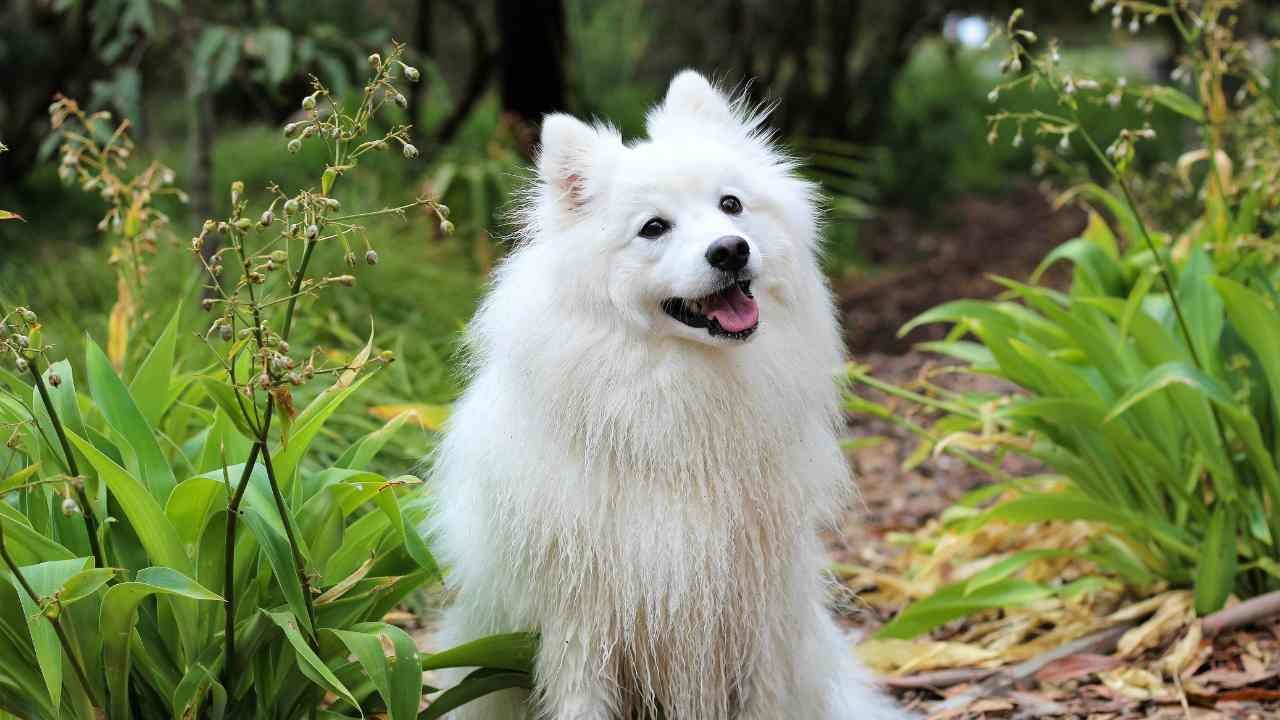🐕 Introduction
The Japanese Spitz is a stunning little dog with a fox-like face, a thick fluffy coat, and an affectionate personality that wins hearts instantly. Often mistaken for a miniature Samoyed, this breed is perfect for families, singles, and even first-time dog owners looking for a loyal, clean, and intelligent companion.
But what makes the Japanese Spitz such a desirable breed?
Let’s explore their origin, behavior, training, care, and more in this complete guide.
📜 History and Origin

The Japanese Spitz was developed in Japan in the early 20th century, likely from a mix of white German Spitz-type dogs. Despite their name, they are a relatively modern breed and gained recognition for their beauty and versatility. By the 1950s, they became popular worldwide due to their appealing appearance and friendly nature.
🧠 Temperament and Personality
Japanese Spitz dogs are:
- Loyal and affectionate – They thrive in human company.
- Alert and watchful – Excellent watchdogs without being overly yappy.
- Intelligent and eager to please – Training them is usually a joy.
- Playful and energetic – They enjoy interactive games and moderate exercise.
This breed is known for forming strong bonds with their families and often follows their humans around like a shadow.
🧼 Grooming and Maintenance
Despite their long white coats, Japanese Spitz dogs are surprisingly low-maintenance.
| Grooming Need | Frequency |
|---|---|
| Brushing | 2–3 times a week |
| Bathing | Once every 4–6 weeks |
| Nail trimming | Monthly |
| Teeth cleaning | 2–3 times a week |
Their coat is non-matting and dirt-resistant, making grooming easier than it looks.
✅ Tip: Use a slicker brush to keep their fur fluffy and clean.
🍽️ Diet and Nutrition
Japanese Spitz dogs require a high-quality balanced diet rich in protein and omega-3 fatty acids for skin and coat health.
Daily Feeding Guide (Adult):
- 1 to 1.5 cups of premium dry dog food, split into two meals
- Occasional treats like boiled chicken, carrots, or dog-safe fruits
💡 Consider grain-free options if your Spitz shows signs of allergies.
🏃 Exercise Needs
They are energetic but not hyperactive. Perfect for apartment living with daily walks.
| Activity Type | Ideal Duration |
|---|---|
| Walks | 30–45 minutes daily |
| Indoor play | Tug-of-war, fetch |
| Mental stimulation | Puzzle toys, basic commands |
They enjoy playing with family members and rarely act destructively when given regular attention.
🏥 Health and Lifespan
The Japanese Spitz is a healthy breed with an average lifespan of 12 to 16 years.
Common Health Concerns:
- Patellar luxation (slipping kneecap)
- Allergies (skin-related)
- Tear staining (cosmetic issue)
✅ Regular vet checkups and vaccinations will help prevent most issues.
🏡 Ideal Living Conditions
- Perfect for both apartments and houses
- Gets along well with children and other pets
- Shouldn’t be left alone for long hours—they crave companionship
They are adaptable, provided they get enough attention and love.
🧠 Trainability
Japanese Spitz are highly trainable, especially with positive reinforcement.
✅ Start socialization early
✅ Use treats and praise
✅ Be consistent but gentle
They’re sensitive dogs and don’t respond well to harsh correction.
👪 Is the Japanese Spitz Right for You?
You might be the perfect match for a Japanese Spitz if:
✅ You want a loyal, family-oriented dog
✅ You prefer a clean and minimal-shedding companion
✅ You can offer moderate exercise and companionship
✅ You appreciate intelligent and alert breeds
